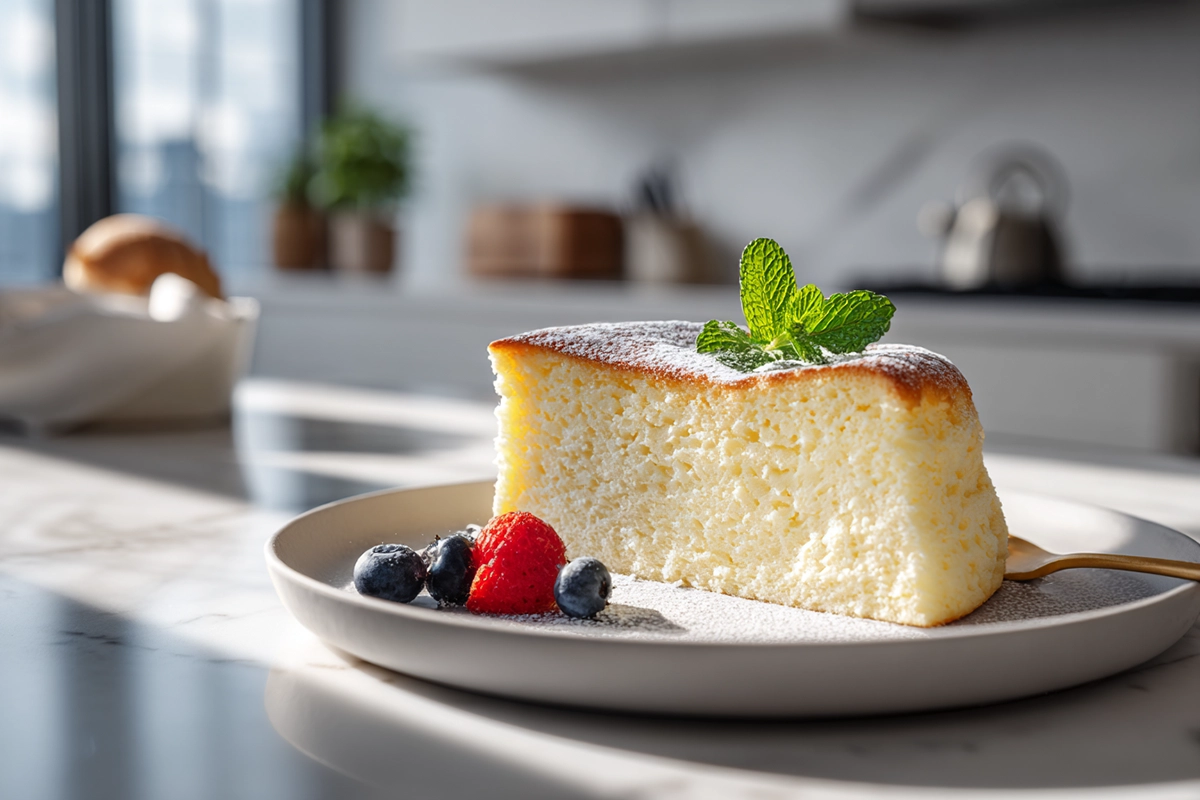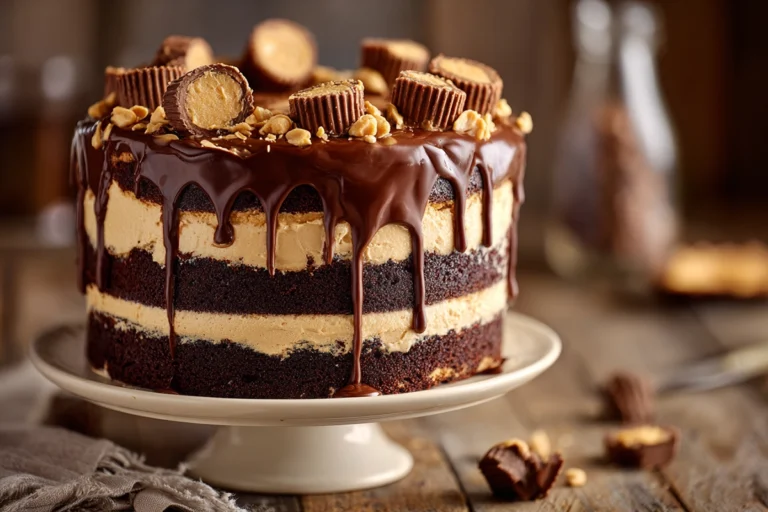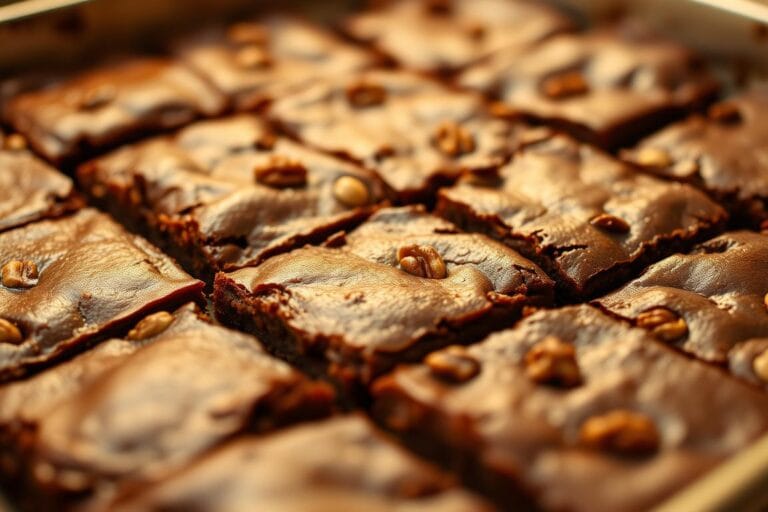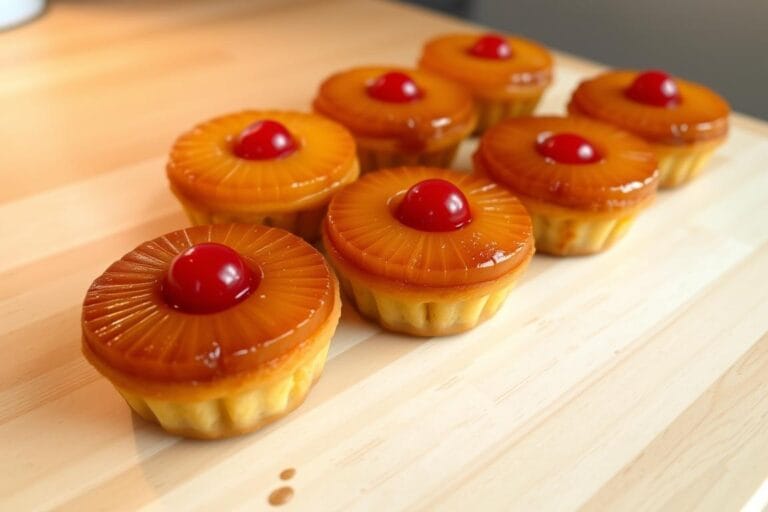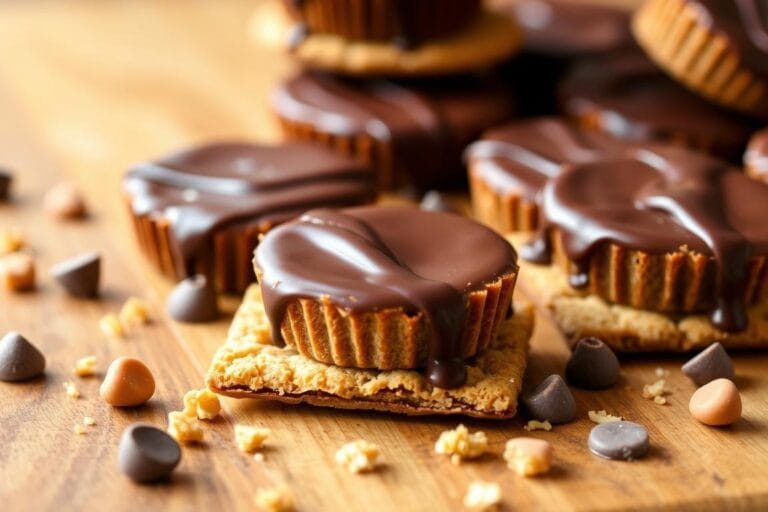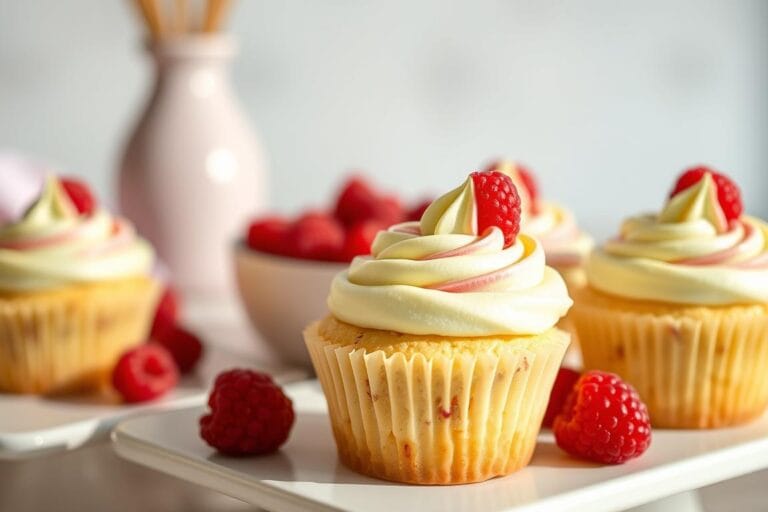Japanese Cheesecake: The Secret to a Light, Fluffy, and Jiggly Dessert You’ll Fall in Love With
If you’ve ever bitten into a slice of Japanese Cheesecake, you know it’s nothing like the dense, heavy New York version. Instead, it’s soft, airy, and almost cloud-like — the kind of dessert that melts in your mouth before you realize you’ve already taken another bite. The first time I baked one, I was stunned watching it rise in the oven — tall, golden, and beautifully jiggly, like a little soufflé that could. This cake isn’t just another cheesecake; it’s an experience that feels equal parts magic and comfort.
So, if you’ve been craving something sweet but not overly rich, this is your new favorite bake. You’ll learn what makes this cheesecake unique, how to nail that signature fluffiness, and a few clever variations to fit your diet and taste.
What Is Japanese Cheesecake and Why It’s So Special
At first glance, Japanese Cheesecake (also called cotton cheesecake or soufflé cheesecake) looks like a cross between a sponge cake and a classic American cheesecake. But once you cut into it, you’ll see why people are obsessed. The texture is impossibly light, yet it still has the creamy tang of cream cheese. Imagine a cheesecake that took a deep breath and decided to float.
This unique texture comes from folding whipped egg whites — a meringue — into a rich cream cheese batter. When baked gently in a water bath, the steam helps the cake rise evenly and stay moist. The result is a “jiggly” cheesecake that’s delicately balanced: not too sweet, not too dense, and wonderfully soft.
Unlike traditional cheesecakes that use a crust, this one stands on its own. That means every bite is pure, melt-in-your-mouth goodness without the heavy graham base. You’ll also find it far less sugary than most American desserts, which makes it a great option if you prefer subtle sweetness.
Print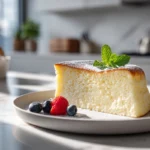
Japanese Cheesecake
- Total Time: 1 hour 40 minutes
- Yield: 8 servings 1x
Description
This Japanese Cheesecake is a soft, airy, and jiggly dessert that melts in your mouth. With its light texture and subtle sweetness, it’s the perfect balance between a soufflé and a traditional cheesecake — ideal for anyone craving a delicate, cloud-like treat that feels both elegant and comforting.
Ingredients
8 oz (225 g) full-fat cream cheese, softened
4 large eggs, separated
4 tbsp (60 ml) whole milk
3 tbsp (45 g) unsalted butter
¼ cup (30 g) cake flour
2 tbsp (15 g) cornstarch
¼ cup (50 g) granulated sugar (for yolk mixture)
¼ cup (50 g) granulated sugar (for meringue)
½ tsp cream of tartar or ½ tsp lemon juice
1 tsp vanilla extract
Pinch of salt
Instructions
Preheat oven to 325°F (160°C). Line and wrap an 8-inch springform pan with parchment paper and foil.
In a heatproof bowl, melt cream cheese, butter, and milk over a double boiler until smooth.
Whisk in egg yolks, vanilla extract, and sugar until creamy. Sift in cake flour and cornstarch, mixing until smooth.
In a separate bowl, beat egg whites with cream of tartar. Gradually add sugar until soft peaks form.
Fold one-third of the meringue into the yolk batter to lighten it, then gently fold in the rest in two additions.
Pour batter into the pan, smooth the top, and place it inside a larger roasting pan filled with 1 inch of hot water.
Bake for 25 minutes at 325°F, then reduce to 300°F (150°C) and bake for 45 more minutes until golden and slightly jiggly.
Turn off the oven and leave the cheesecake inside with the door cracked open for 15 minutes.
Remove, unwrap, and let it cool on a rack before refrigerating for at least 4 hours before serving.
Notes
Always use room temperature ingredients for a smooth batter.
Don’t overbeat the egg whites; soft peaks help the cake stay fluffy.
Let the cheesecake cool slowly to avoid cracks or sinking.
Serve chilled with powdered sugar, whipped cream, or berries for extra elegance.
- Prep Time: 30 minutes
- Cook Time: 1 hour 10 minutes
- Category: Dessert
- Method: Baking (Water Bath)
- Cuisine: Japanese
Nutrition
- Serving Size: 1 slice (⅛ of cake)
- Calories: 210 kcal
- Sugar: 14 g
- Sodium: 95 mg
- Fat: 13 g
- Saturated Fat: 7 g
- Unsaturated Fat: 5 g
- Trans Fat: 0 g
- Carbohydrates: 17 g
- Fiber: 0.5 g
- Protein: 6 g
- Cholesterol: 120 mg
Ingredients and Equipment You’ll Need
Getting this dessert right is all about balance — the right ingredients, the right tools, and a gentle hand. Here’s everything you’ll need to create your own cloud-like masterpiece.
Ingredients
- 8 oz (225 g) full-fat cream cheese, softened
- 4 large eggs, separated
- 4 tbsp (60 ml) whole milk
- 3 tbsp (45 g) unsalted butter
- ¼ cup (30 g) cake flour
- 2 tbsp (15 g) cornstarch
- ¼ cup (50 g) granulated sugar (for yolk mixture)
- ¼ cup (50 g) granulated sugar (for meringue)
- ½ tsp cream of tartar or ½ tsp lemon juice (stabilizes the meringue)
- 1 tsp vanilla extract
- Pinch of salt
Equipment
- 8-inch round springform pan or deep cake pan
- Electric hand mixer or stand mixer
- Parchment paper for lining
- Aluminum foil for sealing the pan
- Large roasting pan for the water bath
A tip from experience: make sure all your ingredients are at room temperature. Cold cream cheese or eggs can cause lumps, which will keep your batter from being silky smooth.
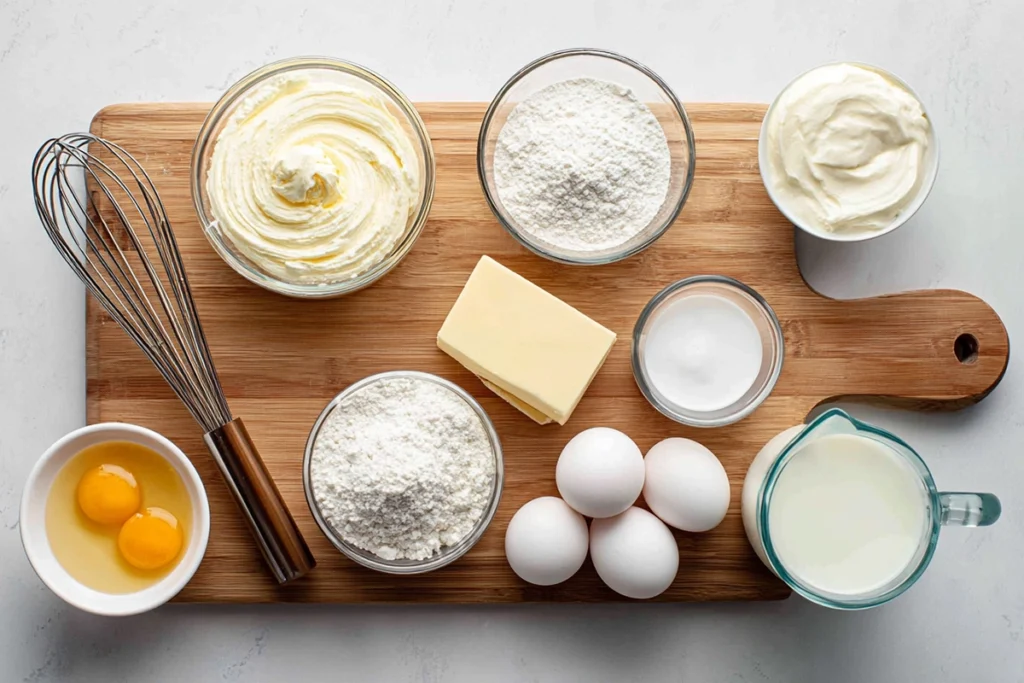
Step-by-Step: How to Bake the Perfect Japanese Cheesecake
Prepare Your Pan and Oven
Preheat your oven to 325°F (160°C). Line the bottom and sides of your springform pan with parchment paper. Wrap the outside of the pan tightly with two layers of foil to prevent water from leaking in later. Set the pan inside a larger roasting pan — you’ll fill this with hot water just before baking.
Make the Cream Cheese Base
In a heatproof bowl, combine cream cheese, butter, and milk. Place the bowl over a pot of simmering water (double-boiler style) and stir until smooth. Once it cools slightly, whisk in the egg yolks, vanilla extract, and sugar until creamy. Sift in the cake flour and cornstarch, whisking gently until combined. Set aside.
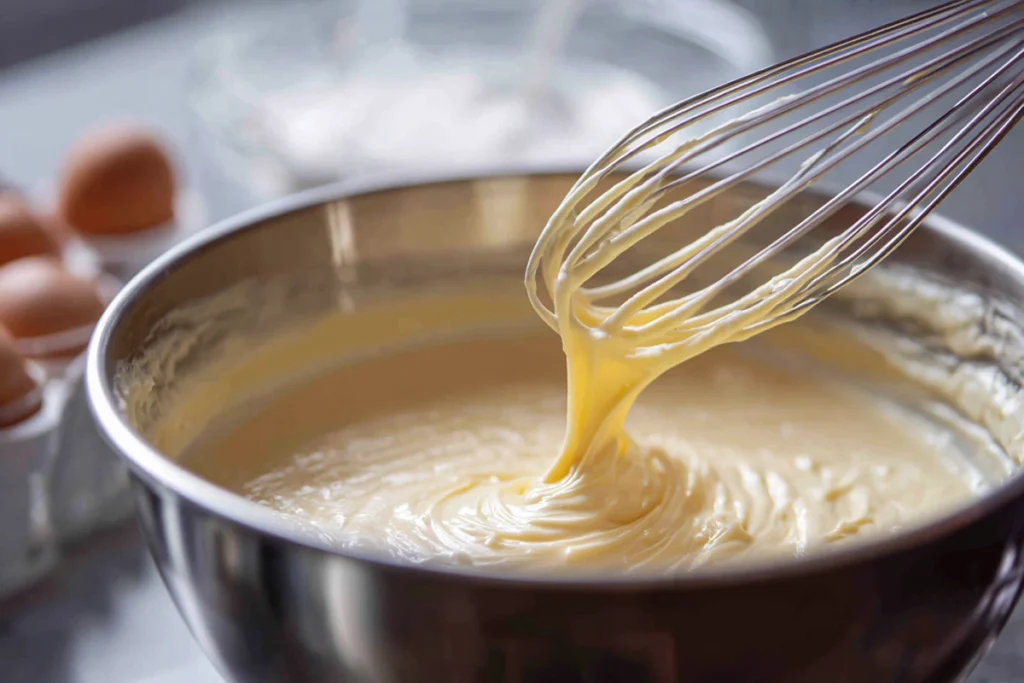
Whip the Egg Whites
In a clean bowl, beat the egg whites with cream of tartar until frothy. Gradually add the sugar and continue beating until soft, glossy peaks form — not stiff, just firm enough to hold shape. This is the secret to that dreamy rise.
Fold and Bake
Using a spatula, fold one-third of the meringue into the yolk mixture to lighten it. Then gently fold in the rest in two additions, being careful not to deflate the mixture. Pour the batter into your prepared pan and smooth the top.
Pour about 1 inch of hot water into the outer roasting pan. Bake for 25 minutes, then lower the temperature to 300°F (150°C) and continue baking for another 45 minutes, or until the top is golden and the center slightly jiggles when shaken.
Turn off the oven and let the cheesecake rest inside with the door slightly open for 15 minutes — this prevents sudden shrinkage. Then remove it, unwrap the foil, and let it cool completely on a wire rack before refrigerating for at least 4 hours.
When you slice it, you’ll hear a whispery sound — that’s the air bubbles that make it so delicate.
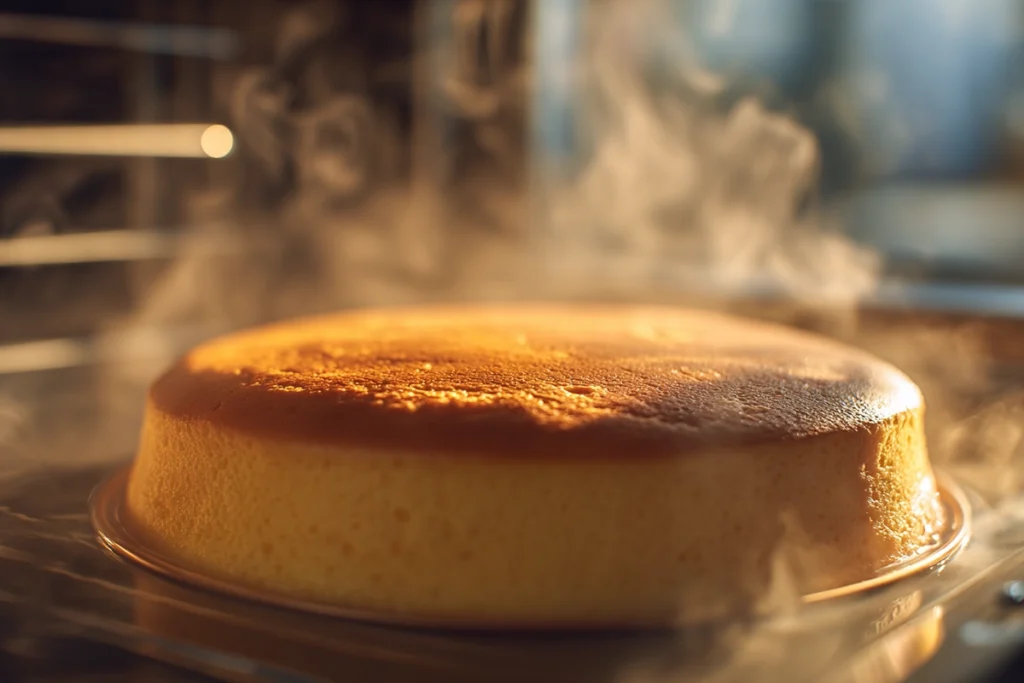
Flavor Twists and Creative Variations
Once you’ve mastered the base recipe, you can easily tweak it for fun flavor combinations.
Matcha (Green Tea) Cheesecake
Add 2 teaspoons of matcha powder to the dry ingredients for a vibrant green color and a subtle earthy note. It pairs beautifully with white chocolate or red bean paste.
Lemon or Yuzu Cheesecake
If you like a tangier bite, mix 1 tablespoon of lemon juice or yuzu juice into the batter before baking. The citrus brightness cuts through the richness perfectly.
Chocolate or Coffee Version
Blend 1 tablespoon of cocoa powder or instant espresso into the flour mixture for a deeper, slightly bitter twist that balances the sweetness.
You can also make mini versions using muffin tins — perfect for portion control and adorable presentation.
Dietary Variations and Substitutions
You don’t have to miss out on Japanese Cheesecake just because of dietary preferences. Here’s how to adapt it for different needs without losing that signature texture.
Vegan Version
Replace the cream cheese with vegan cream cheese (made from cashews or tofu), butter with coconut oil or plant butter, and milk with oat or soy milk. Swap the eggs for aquafaba — the liquid from canned chickpeas — whipped into stiff peaks like meringue.
Gluten-Free Version
Use gluten-free cake flour or a mix of rice flour and cornstarch. Avoid almond flour, as it makes the texture heavy instead of fluffy.
Low-Calorie Option
Opt for reduced-fat cream cheese and skim milk. Replace part of the sugar with a zero-calorie sweetener like erythritol or monk fruit, but keep at least half sugar for proper caramelization and structure.
Halal or Kosher Friendly
Ensure your cream cheese and butter are certified halal or kosher. There’s no gelatin in this recipe, so it naturally fits both dietary needs with minimal adjustment.
Each variation brings a slightly different result, but the joy remains the same — a soft, cloudlike bite that satisfies without feeling heavy.
Storing and Serving Your Japanese Cheesecake
After baking, let your cheesecake chill in the fridge for at least four hours (overnight is even better). This helps it firm up slightly and makes slicing easier. To serve, use a sharp knife dipped in hot water and wiped clean between cuts for perfect edges.
It keeps well in the refrigerator for up to three days. You can also freeze individual slices wrapped tightly in plastic and thaw them in the fridge overnight. Avoid microwaving — it’ll ruin the texture. Instead, enjoy it slightly chilled or at room temperature, dusted with powdered sugar or topped with fresh berries for an elegant finish.
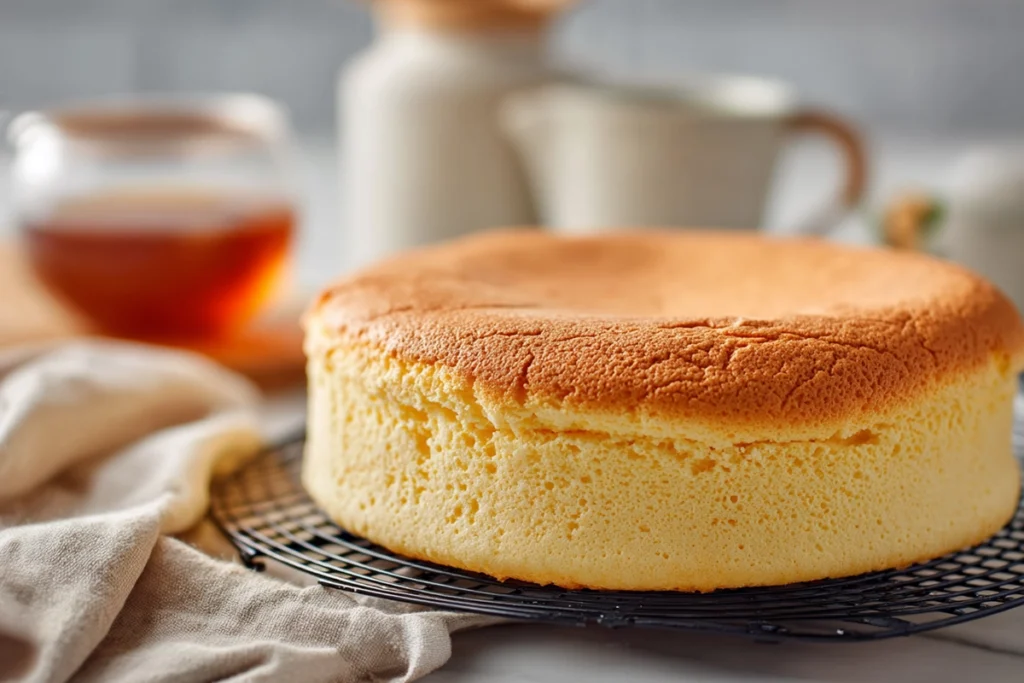
Baking a Japanese Cheesecake feels almost meditative — it rewards patience and care with every bite. The first time you watch it rise, gently jiggle, and cool into a golden, airy dream, you’ll understand why it’s become such a global obsession. Whether you stick to the classic or explore your own variation, this delicate dessert will easily earn a spot among your most cherished recipes.
FAQ
Why did my Japanese Cheesecake crack on top?
Cracks usually happen when the oven temperature is too high or if the cake cools too quickly. Try baking it in a water bath and leaving the oven door slightly open after baking so the temperature drops gradually.
How do I make my Japanese Cheesecake fluffy and not dense?
The key is properly whipped egg whites. Beat them until soft, glossy peaks form and fold them in gently. Overmixing or undermixing can cause the cake to lose air and become heavy.
Can I make Japanese Cheesecake without a water bath?
Technically yes, but it won’t have the same moist, soufflé-like texture. The water bath adds gentle steam, helping the cake rise evenly and stay soft instead of dry.
Is Japanese Cheesecake healthier than American cheesecake?
Generally, yes. It contains less sugar and no crust, making it lighter and lower in calories. The texture also feels less rich, so you enjoy sweetness without feeling weighed down.
Can I freeze Japanese Cheesecake?
Absolutely. Slice it first, wrap each piece tightly in plastic, and store it in an airtight container. Thaw in the fridge overnight for the best texture — it’ll taste just as soft and delicate.
What Are Our Readers Saying?
There are no reviews yet. Be the first one to write one.

